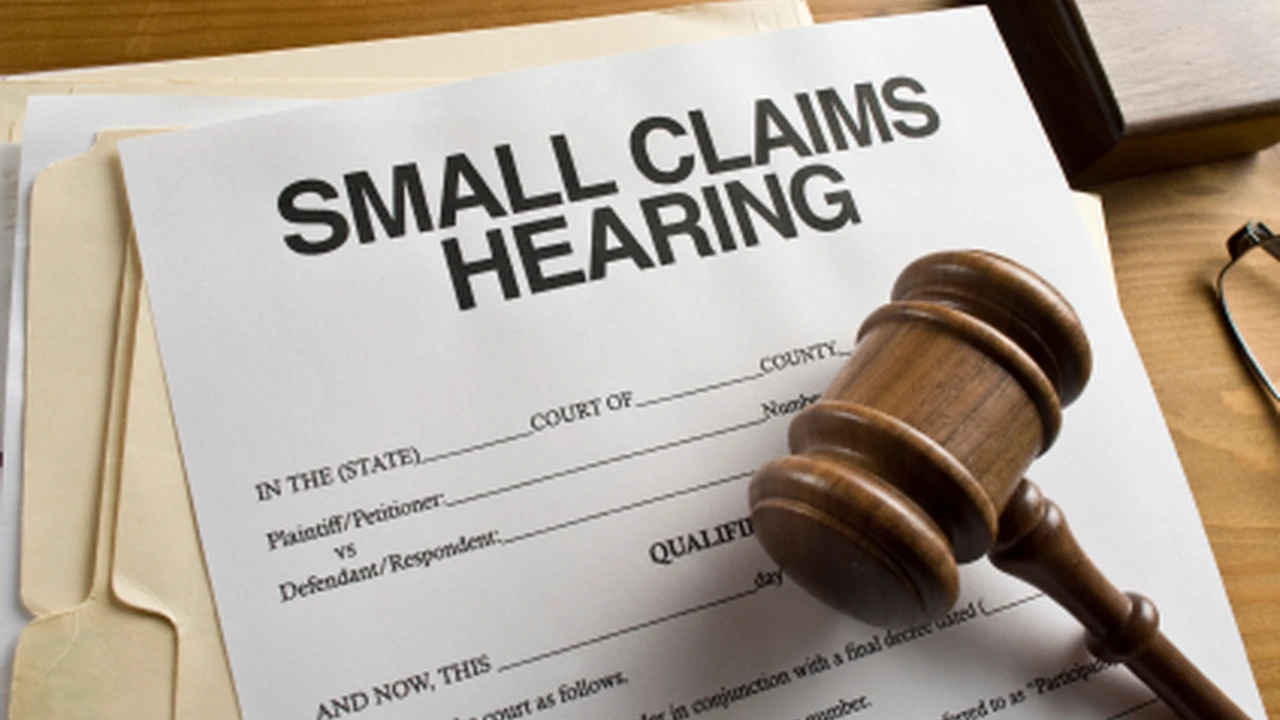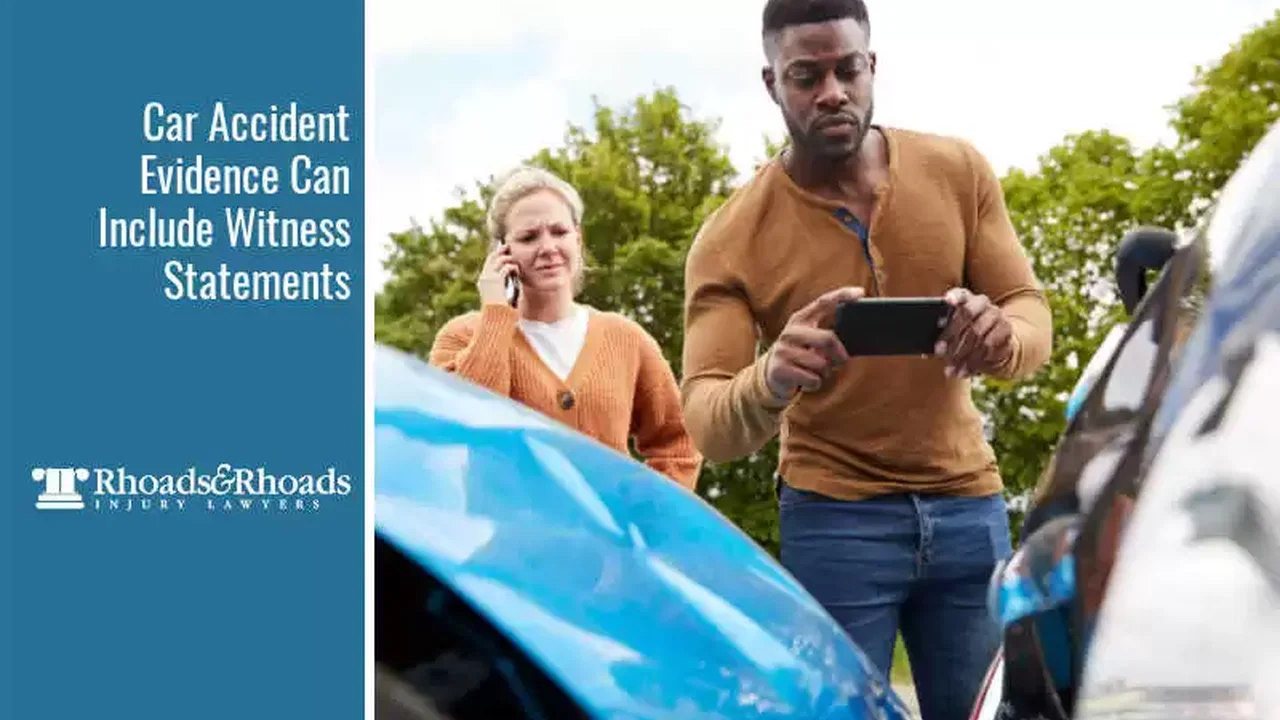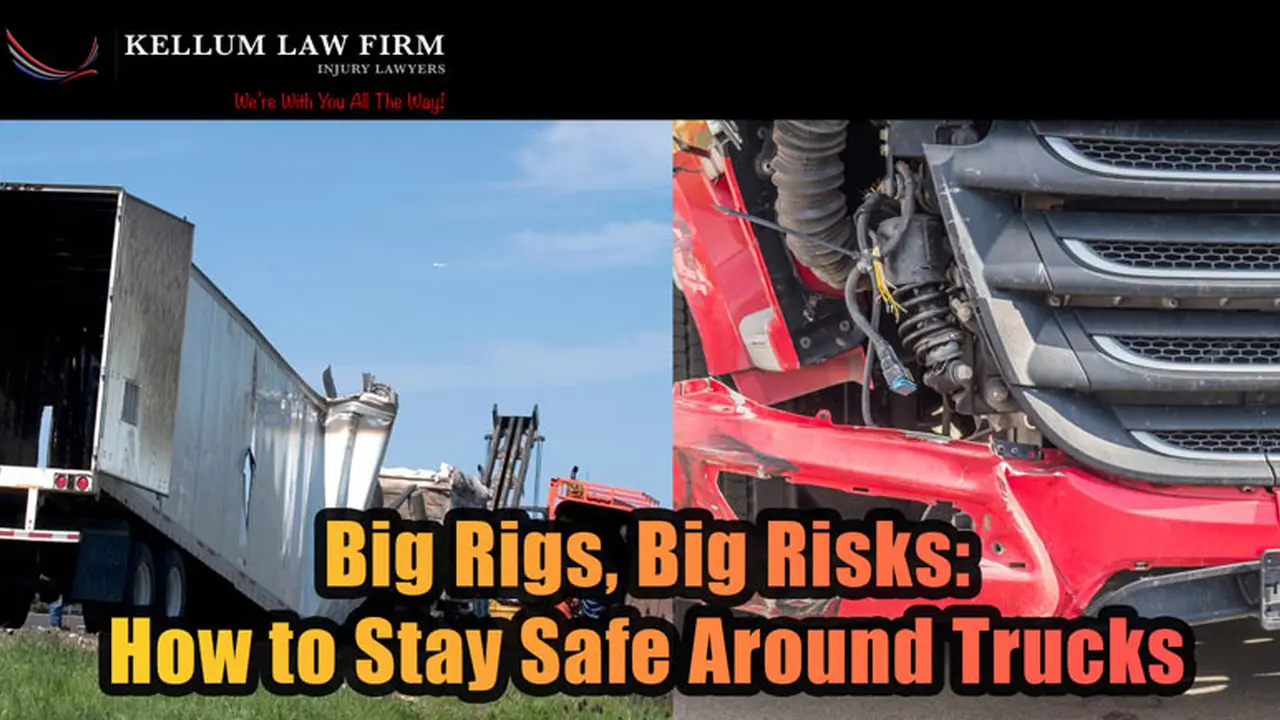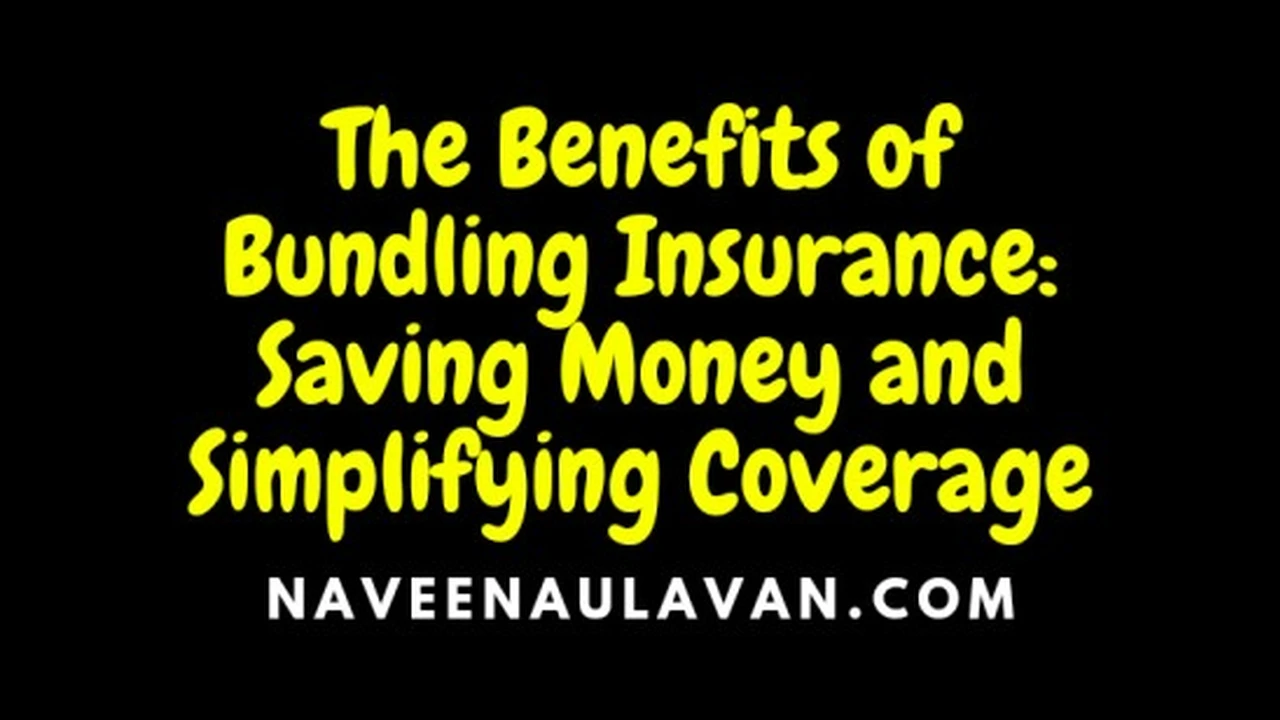Navigating the Small Claims Court System: Resolving Minor Car Accident Disputes

Understanding the Basics of Small Claims Court After a Car Accident
So, you've been in a fender bender, and now you're staring down the barrel of legal action? Don't panic! Small claims court is designed to be a more accessible and less intimidating venue for resolving minor disputes, especially those arising from car accidents. Think of it as the "people's court" for smaller amounts of money. It's generally quicker, cheaper, and less formal than traditional civil court.
The first thing to understand is the monetary limit. Each state has a maximum amount you can sue for in small claims court. This varies, so you'll need to check your state's specific rules. Generally, it's somewhere between $3,000 and $10,000. If your damages exceed that amount, you'll either need to waive the excess or file in a higher court.
Another key element is jurisdiction. You can generally sue someone in the county where they live, where the accident occurred, or where their business is located.
Gathering Evidence and Building Your Case for a Car Accident Claim
Evidence is king (or queen!) in small claims court. You need to prove your case with solid documentation. Here's a breakdown of what you'll need:
- Police Report: This is crucial. It provides an official account of the accident, including the date, time, location, and involved parties. It also often includes the officer's opinion on who was at fault.
- Photos and Videos: Pictures of the damage to your car, the other car, the accident scene, and any visible injuries are invaluable. Videos, if you have them (dashcam footage, for example), can be even more persuasive.
- Repair Estimates: Get at least two repair estimates from reputable auto body shops. This will help establish the cost of repairing the damage to your vehicle.
- Medical Records and Bills: If you sustained injuries, gather all medical records, bills, and receipts related to your treatment.
- Witness Statements: If there were any witnesses to the accident, get their contact information and ask them to provide a written statement describing what they saw.
- Insurance Correspondence: Keep copies of all communications with your insurance company and the other driver's insurance company. This includes letters, emails, and notes from phone conversations.
- Any Other Relevant Documents: This could include rental car receipts, lost wage statements (if you had to miss work due to the accident), and anything else that supports your claim.
Organize your evidence in a clear and logical manner. Create a folder (physical or digital) and label everything clearly. This will make it easier to present your case to the judge.
Filing Your Claim: The Step-by-Step Process for Car Accident Resolution
Filing a small claims lawsuit involves several steps:
- Determine the Proper Venue: As mentioned earlier, you need to file in the correct county.
- Obtain the Necessary Forms: You can usually find the required forms on the court's website or at the courthouse.
- Complete the Forms Accurately: Fill out all the information completely and accurately. Double-check everything before you submit it.
- Pay the Filing Fee: There is a filing fee associated with filing a small claims lawsuit. The amount varies by state and county.
- Serve the Defendant: You must properly serve the defendant (the person you're suing) with a copy of the lawsuit. This usually involves hiring a process server or using certified mail.
Once the defendant has been served, they have a certain amount of time to respond to the lawsuit. This is usually a few weeks. If they don't respond, you may be able to obtain a default judgment in your favor.
Preparing for Your Day in Court: Practice Your Car Accident Presentation
Preparing for your court appearance is crucial. Here’s how to get ready:
- Review Your Evidence: Go through all your evidence thoroughly and make sure you understand it.
- Practice Your Presentation: Rehearse what you're going to say to the judge. Be clear, concise, and professional.
- Anticipate the Defendant's Arguments: Try to anticipate what the other party will argue and prepare your responses.
- Dress Appropriately: Dress professionally for court. This shows respect for the court and the process.
- Arrive Early: Give yourself plenty of time to get to the courthouse and find your courtroom.
During your presentation, focus on the facts. Don't get emotional or argumentative. Be respectful to the judge and the other party. Present your evidence clearly and explain why you believe you are entitled to compensation.
What to Expect During the Small Claims Court Hearing: Car Accident Case
The small claims court hearing is generally informal. The judge will usually start by asking you to explain your case. You'll have the opportunity to present your evidence and call witnesses (if you have any). The defendant will then have the opportunity to present their case. The judge may ask questions of both parties.
After both sides have presented their cases, the judge will usually make a decision. The judge may announce the decision immediately or take some time to consider the evidence and issue a written ruling later.
Understanding Judgments and Collection Efforts After Car Accident Verdict
If you win your case, the judge will issue a judgment in your favor. This means the defendant is legally obligated to pay you the amount of the judgment. However, winning a judgment doesn't guarantee that you'll actually receive the money.
If the defendant doesn't pay, you may need to take further steps to collect the judgment. This could involve garnishing their wages, levying their bank account, or placing a lien on their property. The specific procedures for collecting a judgment vary by state.
Negotiating a Settlement Before, During, or After Filing a Car Accident Claim
Negotiation is often a more efficient and less stressful way to resolve a dispute than going to court. You can negotiate a settlement with the other party at any time – before, during, or after filing a lawsuit. Settlement negotiations involve communicating with the other party (or their insurance company) to try to reach an agreement on the amount of compensation you'll receive.
Be prepared to compromise. You may not get everything you want, but a settlement can save you time, money, and stress. Put any settlement agreement in writing and make sure both parties sign it.
Common Mistakes to Avoid in Small Claims Court: Car Accident Lawsuits
Here are some common mistakes to avoid in small claims court:
- Failing to Gather Sufficient Evidence: As mentioned earlier, evidence is crucial. Make sure you have all the documentation you need to prove your case.
- Failing to Follow Court Procedures: Pay attention to the court's rules and procedures. Failure to follow them can result in your case being dismissed.
- Getting Emotional: Stay calm and professional during the hearing. Don't let your emotions get the best of you.
- Failing to Prepare: Don't show up to court unprepared. Review your evidence, practice your presentation, and anticipate the defendant's arguments.
- Exaggerating or Lying: Always be truthful and accurate. Exaggerating or lying can damage your credibility and hurt your case.
When to Consult with an Attorney: Car Accidents and Legal Advice
While small claims court is designed to be user-friendly, there are times when it's wise to consult with an attorney. For example, if your injuries are serious, if the accident involved complex legal issues, or if you're unsure about how to proceed, an attorney can provide valuable guidance.
Even if you don't hire an attorney to represent you in court, you can still consult with one to get legal advice. Many attorneys offer free initial consultations.
Navigating the Legal System Pro Se: Representing Yourself in a Car Accident Case
Going "pro se" means representing yourself in court without an attorney. While it's certainly possible to do this in small claims court, it requires careful preparation and a good understanding of the legal process. Make sure you understand the rules of evidence and the procedures for presenting your case. The court clerk can often provide some basic information, but they cannot give you legal advice.
Product Recommendations for Car Accident Preparedness and Documentation
Beyond the legal aspects, being prepared *before* an accident can significantly streamline the process afterward. Here are some recommended products:
Dash Cams: Your Silent Witness for Car Accidents
A dash cam is an invaluable tool for documenting what happens on the road. It provides objective evidence of the accident, which can be crucial in determining fault. There are numerous options available, ranging from basic models to more advanced ones with features like GPS tracking and night vision.
Product Recommendation 1: Vantrue N4 3 Channel Dash Cam
Use Case: This dash cam records the front, interior, and rear of your vehicle simultaneously. It's excellent for rideshare drivers or anyone who wants comprehensive coverage.
Comparison: Compared to single-channel dash cams, the Vantrue N4 provides a complete picture of what's happening around your vehicle. However, it's more expensive than basic models.
Price: Approximately $250 - $300
Product Recommendation 2: Garmin Dash Cam Mini 2
Use Case: This is a small, discreet dash cam that's easy to install and use. It's a great option for those who want a simple and reliable recording device.
Comparison: While it lacks some of the advanced features of the Vantrue N4, the Garmin Dash Cam Mini 2 is much more affordable and less obtrusive.
Price: Approximately $130 - $150
Emergency Roadside Kits: Safety and Documentation After a Car Accident
Having an emergency roadside kit in your car is essential for safety and can also help with documenting the accident. Look for kits that include items like jumper cables, a flashlight, a first-aid kit, warning flares, and a pen and notepad.
Product Recommendation 1: AAA 76-Piece Road Trip Emergency Kit
Use Case: This comprehensive kit contains everything you need to handle common roadside emergencies, including a first-aid kit, jumper cables, a tow rope, and warning flares. The notepad and pen are crucial for documenting the accident details.
Comparison: While it's more expensive than basic kits, the AAA kit offers a wider range of essential items.
Price: Approximately $50 - $70
Product Recommendation 2: First Secure 42-Piece First Aid Kit
Use Case: Primarily a first-aid kit, but crucial for addressing minor injuries sustained in an accident. Supplement this with a separate notepad and pen.
Comparison: More compact and focused on medical needs, this is a good option if you already have some roadside emergency tools.
Price: Approximately $20 - $30
Vehicle Documentation Organizers: Keep Your Paperwork in Order After a Car Accident
Keeping your vehicle documentation organized is crucial for insurance claims and legal proceedings. A vehicle documentation organizer can help you keep all your important papers in one place, making it easier to access them when you need them.
Product Recommendation 1: Auto Vehicle Organizer by Drive Auto Products
Use Case: This organizer fits in your glove compartment or center console and has multiple pockets for storing your registration, insurance card, owner's manual, and other important documents.
Comparison: More durable and organized than simply stuffing your documents in the glove compartment.
Price: Approximately $15 - $25
Product Recommendation 2: High Road StashAway Car Visor Organizer
Use Case: Attaches to your sun visor, providing quick access to essential documents like your insurance card and registration.
Comparison: Offers immediate access, but less storage capacity than a glove compartment organizer.
Price: Approximately $10 - $15
By understanding the small claims court system and taking proactive steps to prepare, you can navigate the process with confidence and increase your chances of a favorable outcome.
:max_bytes(150000):strip_icc()/277019-baked-pork-chops-with-cream-of-mushroom-soup-DDMFS-beauty-4x3-BG-7505-5762b731cf30447d9cbbbbbf387beafa.jpg)






